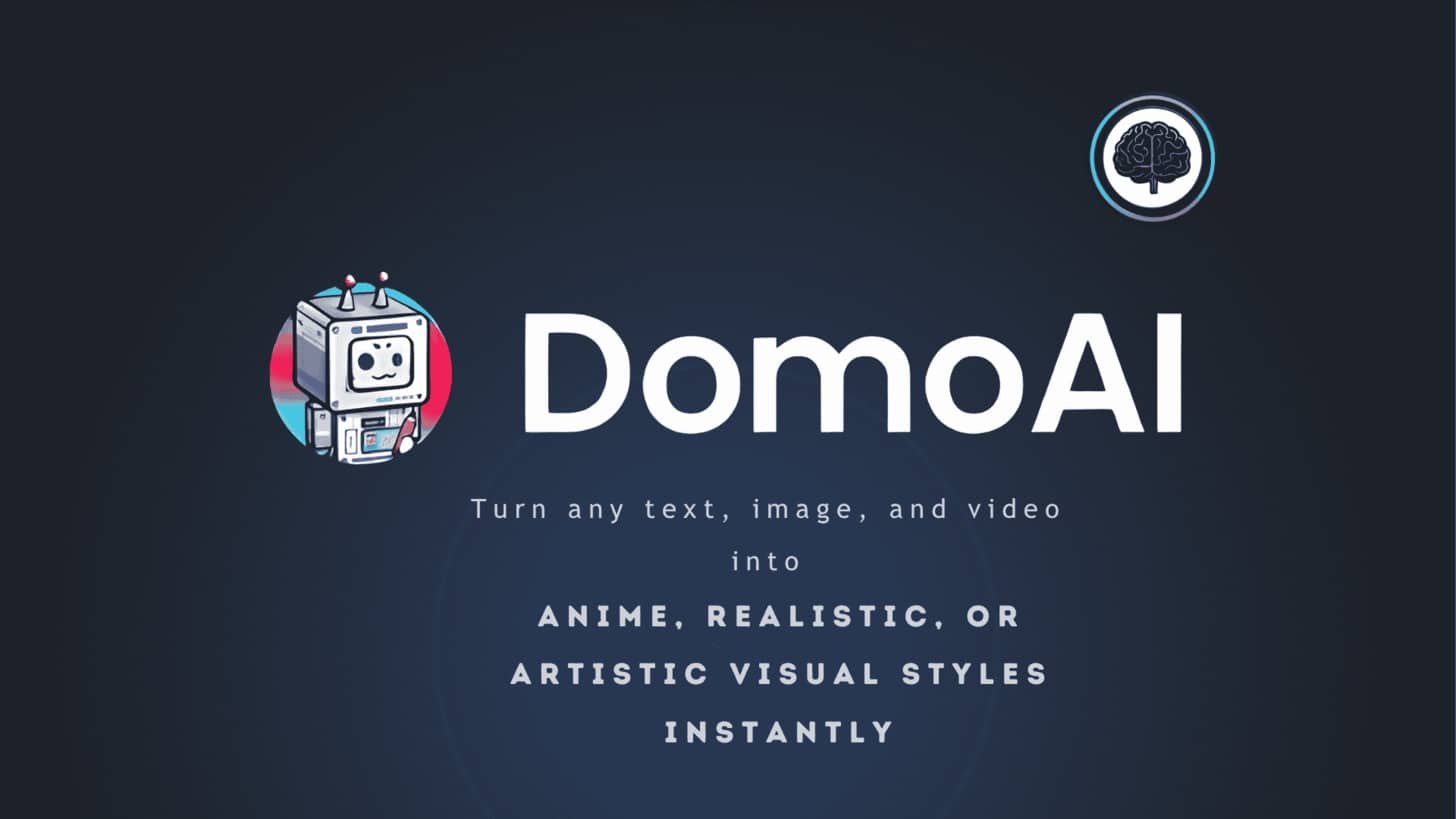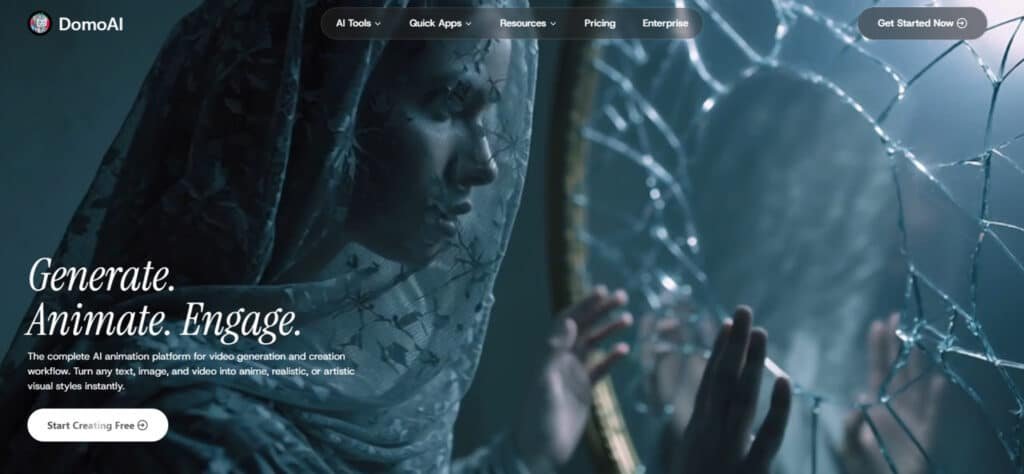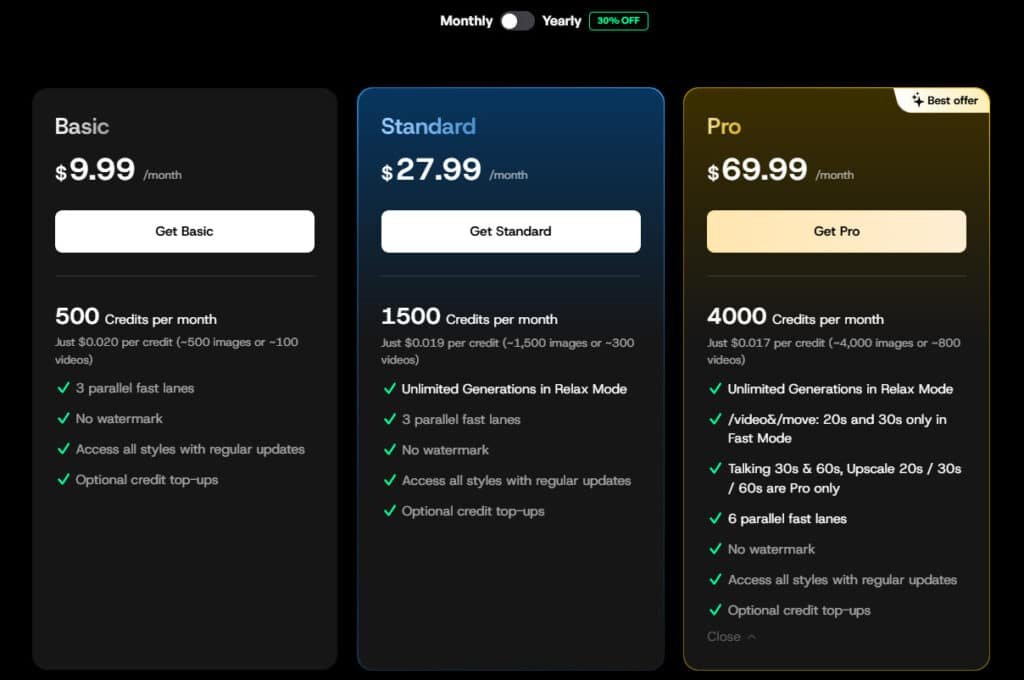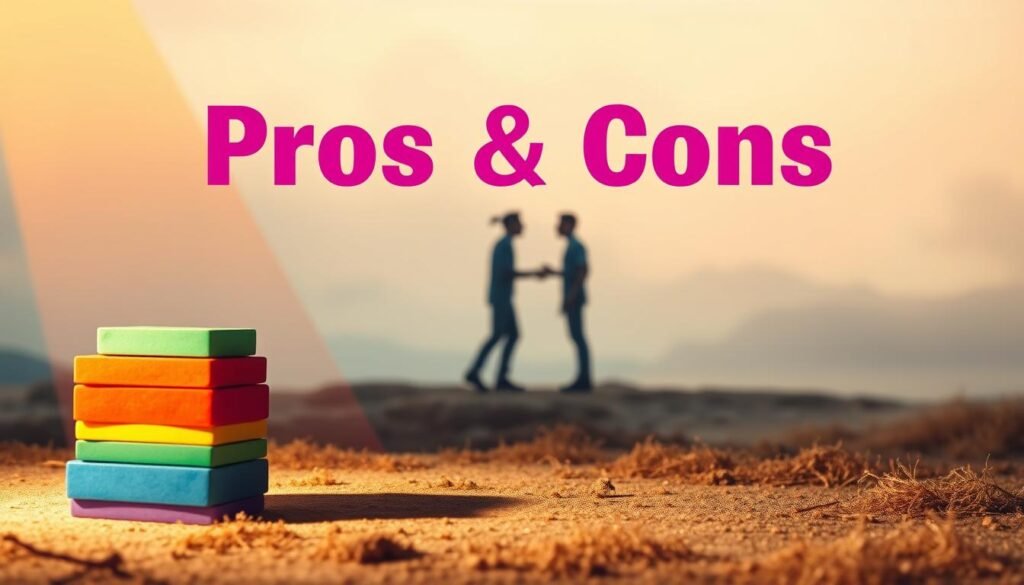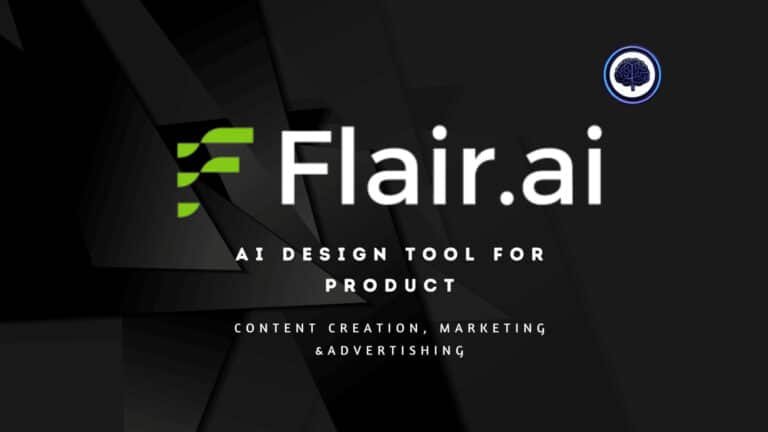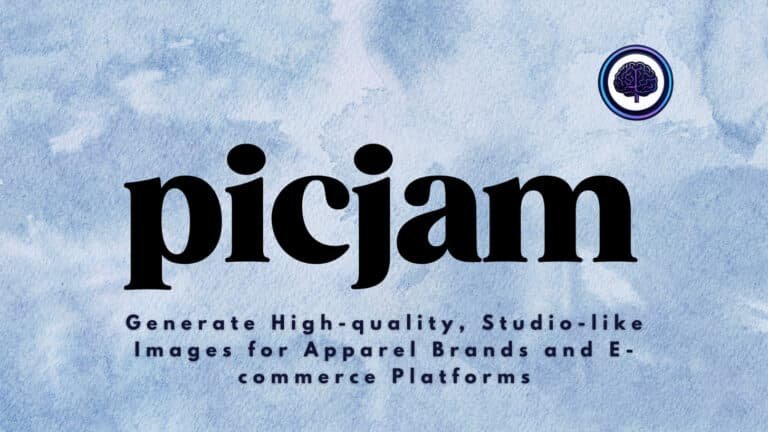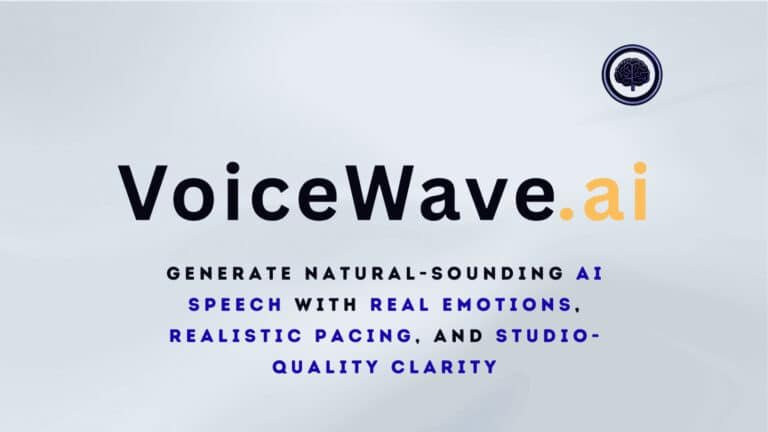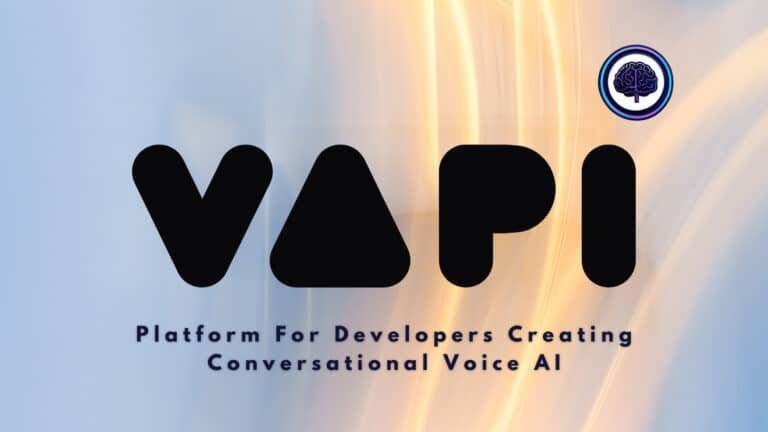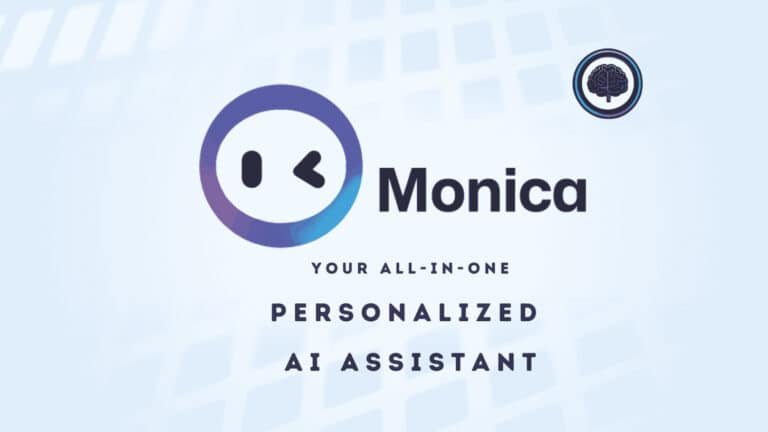Problem: You need fast, high-quality video from simple prompts—but the tools either demand steep skills or long edit cycles.
It’s frustrating when marketing, training, or indie projects stall because animation feels out of reach. Waiting on editors, wrestling with complex interfaces, or paying for custom shoots eats time and budget.
I’ve used a company-backed AI platform that links text, image, and source clips into polished video outputs. It offers 30+ creative looks—from anime to photorealism—and workflows like Video-to-Video, Image-to-Video V2.3 (smoother realism), and Talking Avatars.
In this hands-on review, I’ll explain who built it, how the tool fits today’s AI video landscape, and when teams or creators in the United States should choose it. Expect clear notes on standout features, pricing, pros and cons, and real use cases so you can judge fit for your website or campaigns.
Ready for a practical guide to fast video creation? Let’s dive in.
Key Takeaways
- Hands-on look at a company-backed AI platform that turns text and images into shareable video fast.
- Best for creators, marketers, and small teams seeking quick content wins—less ideal for fine-art control.
- Notable tools: Video-to-Video, Image-to-Video V2.3, Talking Avatars, and style transfers.
- I’ll cover pricing, pros/cons, alternatives, and a real case study so you can test fit for your workflow.
- Clear, practical guidance to help you use prompts, prep assets, and publish faster.
Introduction to DomoAI: Where It Fits in Today’s AI Video Landscape
What began as a dash-to-video solution now sits at the crossroads of analytics and animation. The company built the tool to turn complex data and dense dashboards into short, clear video pieces for marketing and sales. That practical purpose still guides its design.
I find the platform useful for both business teams and individual creators. U.S. companies and small teams visit the official domoai website or the company site, sign in, and get quick access to templates and services—no heavy setup required. Over time, the focus widened from analytics to art and storytelling, adding 30+ looks that bridge charts and cinematic visuals.
In the 2025 landscape, it occupies a middle ground: more reliable for everyday outputs than flashy lab experiments, yet more creative than enterprise-only platforms. If your website needs steady streams of on-brand videos or art-driven image teasers, this company-focused approach speeds production so a single user can ship what a team once did.
- Founding purpose: simplify information into video.
- Who uses it: marketers, creators, small enterprises.
- Positioning: a pragmatic, creative platform among AI services.
DomoAI Review: What It Is, Who Uses It, and Why It Matters
Think of it as a fast pipeline that moves text, pictures, and clips into styled videos. The platform is an AI generator that handles text-to-video, Image-to-Video, Video-to-Video style transfer, Talking Avatars, and character motion. It bundles 30+ creative styles so you can match brand looks quickly.
Who benefits most? U.S. users include content creators, indie filmmakers, marketing teams, and small companies. Skill levels range from beginners (who need templates) to intermediate editors who want speed without a steep learning curve.
Key benefits (short)
- Speed: Rapid ideation-to-asset flow—save time on production and editing.
- Usability: Clean UI and template workflows make access simple for a single user or small team.
- Style coverage: Wide range of art and photoreal looks to keep brand consistency using image references.
- Repeatability: Reliable outputs for marketing and internal explainers—good for company pipelines.
How it compares now
The service trades deep, granular control for reliable, repeatable results. Compared with lab-focused tools, it favors production velocity over experimental tweaks.
Access model: The website-centered flow makes it easy to sign in, upload assets, and generate videos without local installs or heavy setup. That convenience is a core reason companies adopt it for steady content output.
Best Features
Here are the standout capabilities that speed production and lift visual quality for teams and solo creators. I’ll summarize practical uses, so you can judge which tools matter for your projects.
1. AI Tools
DomoAI’s AI Tools form the backbone of its creative platform, enabling users to transform data from text prompts, images, or videos into dynamic content.
These tools streamline art generation for creators seeking efficient workflows, as noted in reviews for their ability to handle diverse inputs.
Professionals researching tool options benefit from rapid processing of images videos, reducing production time for marketing or social media projects.
1.1 Video to Video
Video to Video converts existing footage into styles like anime or realistic, using reference data. This tool aids users seeking video enhancements, with reviews praising its speed in applying styles while preserving motion, ideal for customized videos.
1.2 Image to Video
Image to Video animates static images into smooth clips, supporting creators turning photos into engaging animation. Reviews highlight its AI-driven motion inference, simplifying video production for those exploring art generator solutions.
1.3 Text to Video
Text to Video generates videos from text prompts, helping visualize ideas for pitches or demos. Information from reviews shows its efficiency in creating narrative-driven content, aiding rapid prototyping.<grok:render type=”render_inline_citation”> 31</grok:render>
1.4 Image to Image
Image to Image applies style transfers to images, refining visuals for artistic projects. This tool processes data from source photos, with reviews noting its precision for design iterations.
1.5 Image Animation
Image Animation adds motion to still images, benefiting entry-level animators. Information from reviews confirms its role in creating dynamic clips from data, easing animation workflows.
1.6 Character Animation
Character Animation applies reference video motions to characters, using data from photos. Reviews praise its ability to animate actions like dancing, supporting storytelling or promotional videos.
1.7 Text to Image
Text to Image, an image generator, creates visuals from text prompts. Reviews highlight its utility for concept ideation, providing data-driven art generation for designers.
2. Quick Apps
Quick Apps offer specialized tools for rapid art generator outputs, processing images videos with minimal setup. Reviews emphasize their seamless integration, helping users evaluate tool efficiency for stylized content at low cost.
2.1 AI Anime Video Generator
AI Anime Video Generator transforms footage into anime scenes, ideal for fan content creators. Reviews note its fast processing of data, streamlining art generation for niche audiences.
2.2 AI Talking Avatar
AI Talking Avatar animates photos into speaking characters, supporting multi-language audio. Information from reviews shows natural lip sync, enhancing viewer experience for promos.
2.3 Video Upscaler
Video Upscaler enhances resolution to 4K, refining videos with data-driven clarity. Reviews confirm its value for professional outputs, meeting high-quality standards.
2.4 Background Remover
Background Remover isolates subjects in images videos, using precise keying. Reviews highlight clean extractions, aiding compositing for layered art generation.
2.5 AI Video Lip Sync
AI Video Lip Sync aligns audio with visuals, ensuring accurate dialogue in videos. Information from reviews notes its precision for character animations.
2.6 AI Video Style Transfer
AI Video Style Transfer applies artistic styles to videos, using data from references. Reviews praise its versatility for unique aesthetics like cyberpunk.
2.7 Cartoonize Video Object
Cartoonize Video Object renders footage in cartoon styles, simplifying stylized animation. Reviews value its conversion of data for fun visuals.
2.8 AI Image Generator
AI Image Generator creates images from prompts, supporting diverse art generation. Reviews confirm its speed for prototyping creative ideas.
2.9 AI Image Upscaler
AI Image Upscaler boosts images to high resolutions, enhancing photos. Information from reviews shows its effectiveness for sharp outputs.
2.10 AI Image Style Transfer
AI Image Style Transfer restyles images with one click, using reference data. Reviews note its efficiency for artistic experimentation.
2.11 AI VTuber Maker
AI VTuber Maker crafts avatars for streaming, animating photos with expressions. Reviews highlight its integration for interactive content.
3. Smart Editing Tools
Smart Editing Tools automate advanced edits, refining images videos with data-driven precision. Reviews emphasize time savings, aiding users seeking efficient tool solutions for professional workflows.
3.1 Motion & Style Reference
Motion & Style Reference uses uploaded data to guide style or motion transfers. Reviews confirm its accuracy in applying custom aesthetics, ideal for marketing.
3.2 Lip Sync Auto-Match
Lip Sync Auto-Match syncs audio with videos, ensuring natural dialogue. Information from reviews highlights its role in streamlining dubbed content.
3.3 Background Removal
Background Removal isolates subjects in images, supporting compositing. Reviews note its precision for layered art generation designs.
3.4 Video Upscaler
Video Upscaler enhances videos to high resolutions, refining data for clarity. Reviews value its professional-grade outputs for broadcasts.
4. Additional Capabilities
Additional Capabilities expand creative options, leveraging community data for versatile art generator outputs. Reviews highlight their role in scalable production.
4.1 RESTYLE Feature
RESTYLE Feature applies 18 new styles to images, enhancing art generation. Reviews praise its creative flexibility for unique visuals.
4.2 Templates and Remix
Templates and Remix enable remixing community data for formats like animation. Information from reviews shows its value for quick customization.
4.3 Style Library
Domo Ai’s style Library offers 70+ models for art generation, processing data for diverse styles. Reviews confirm its breadth for aesthetic control.
30+ styles for (anime to photorealism) let you match audience tone. The website UI is built for quick access—drag assets, pick a style, render—and the workflow minimizes friction for non-specialists.
| Feature | Best for | Production benefit |
|---|---|---|
| Video-to-Video | Series refreshes, brand consistency | Fast aesthetic updates; less re-editing |
| Image-to-Video V2.3 | Promotional stills, social clips | Smoother transitions; less cleanup |
| Talking Avatars | Explainers, internal comms | Reduces on-camera time; consistent messaging |
| Text-to-Video / Text-to-Image | Ideation, storyboards | Speeds concept-to-draft; fewer review cycles |
4.4 Commercial and Privacy Features
Commercial and Privacy Features ensure user ownership of images videos, with secure data processing. Reviews note reliability for monetized content.
5. Platform Support and Community
Platform Support and Community foster collaboration, providing information via a robust user base. Reviews highlight its role in sharing data for better results.
5.1 Discord Integration
Discord Integration enables command-based tool access, streamlining workflows. Reviews note its efficiency for community-driven creations.
5.2 User Base and Models
With 3 million users and 70+ models, the platform supports scalable art generation. Reviews confirm its robust data handling for pros.
5.3 Support Channels
Support Channels via Discord or email provide quick information. Reviews highlight responsive aid for tool queries.
Pricing Plans for DomoAI
Before you click Sign Up, understand what each tier unlocks and how that maps to output needs. I’ll outline how plan structure controls seat access, render limits, and premium features so you can budget with confidence.
Plan overview: how access maps to tools
Expect tiered access tied to render quotas, resolution, and extra services like batch renders or priority support. Entry tiers give basic templates and standard renders; mid and pro tiers open higher resolutions, faster queues, and advanced features.
Who should pick which tier? Small teams and solo creators start with one company seat to validate output. Larger teams buy more seats and higher quotas for steady marketing content.
Basic Plan
The Basic plan is priced at $9.99 monthly or $6.99 per month billed annually (30% Off on Annual Plan), providing 500 credits per month at $0.020 per credit, equivalent to approximately 500 images or 100 videos.
Features include 3 parallel fast lanes, no watermark, access to all styles with regular updates, and optional credit top-ups, offering entry-level access for individual creators.
Standard Plan
The Standard plan costs $27.99 monthly or $19.59 per month billed annually (30% Off on Annual Plan), delivering 1500 credits per month at $0.019 per credit, supporting about 1,500 images or 300 videos.
Features encompass unlimited generations in Relax Mode, 3 parallel fast lanes, no watermark, access to all styles with regular updates, and optional credit top-ups, suitable for moderate professional use.
Pro Plan
The Pro plan, highlighted as the best offer, is $69.99 monthly or $48.99 per month billed annually (30% Off on Annual Plan), with 4000 credits per month at $0.017 per credit, covering roughly 4,000 images or 800 videos.
Features include unlimited generations in Relax Mode, 20s and 30s durations for /video & /move in Fast Mode, exclusive access to Talking 30s & 60s and Upscale 20s/30s/60s, 6 parallel fast lanes, no watermark, access to all styles with regular updates, and optional credit top-ups, ideal for advanced workflows.
Value assessment: cost versus capability
Compared with alternatives like Runway ML or NightCafe, the platform favors speed-to-output and consistent delivery. If your goal is rapid video creation for campaigns, paying for reliability often beats stitching multiple tools together.
| Tier | Access | Best for |
|---|---|---|
| Entry | Single seat, template library, standard renders | Freelancers, trialing company projects |
| Mid | Multiple seats, higher resolution, batch renders | Small teams, recurring marketing content |
| Pro | Priority queue, premium features, SLA support | Agencies, production pipelines |
Always check the official website or the domoai website for current terms and trial details. Capture screens during sign-up for internal reviews, and confirm billing and cookies settings if you’re in a regulated company.
Pros & Cons of DomoAI
If you need reliable, brand-consistent videos on a deadline, this platform earns its keep. It shines when teams value predictability and fast turnaround over deep tinkering.
Pros
- Speed: Rapid render times cut down review cycles and save time for teams publishing weekly.
- Range of styles: 30+ looks let you match tone—from playful art to photorealism—without switching tools.
- Accessible creation: Clean UI and simple workflows give a single user quick access to text, image, and video flows.
- Reliable outputs: From my reviews and feedback, outputs need fewer retries, which reduces post editing.
Cons
- Limited fine-art control: Artists who want painterly, bespoke tweaks will hit limits at the deeper editing level.
- Editing latitude: Complex color grading, scene graph edits, or node-based adjustments aren’t the focus here.
- Policy & site quirks: My feedback notes cookie and banner differences across the company site—minor, but worth tracking for ops.
Takeaway: Reviews and hands-on feedback show this generator is ideal for marketing teams and creators who prioritize speed and consistent deliverables. If your preferences lean toward fine-art exploration, check alternatives that offer deeper controls.
Next, I’ll map the top alternatives so you can compare features and pick the right fit for your purpose and skill level.
Alternatives to DomoAI for Image and Video Generation
When you shop for alternatives, you want options that match your timeline and creative goals. Below I list practical platforms, short strengths, and the ideal users so you can pick tools fast.
a1.art
- Strengths: 5,000+ styles, daily free credits, image and video generator. Ideal for fast experimentation and all skill levels.
Runway ML
- Strengths: Advanced video editing, style transfer, and custom model training. Ideal for studios and teams that need pro editing and training time.
NightCafe Creator
- Strengths: Community-driven sharing, multiple models, contests. Ideal for creators who want feedback and iterative inspiration over time.
Midjourney
- Strengths: Distinctive, feed-ready art via Discord workflows. Ideal for striking art image branding and visual campaigns.
Stable Diffusion
- Strengths: Open-source control and local ownership. Ideal for technical users who want on-site hosting and deep customization.
Lumen5
- Strengths: Turns text and blog posts into marketing video quickly. Ideal for marketers who package content fast rather than craft original art.
StarryAI, Deep Dream, Artbreeder, Picsart
- Strengths: Niche styles, surreal looks, image breeding, and mobile editing. Ideal for filling style gaps and on-the-go creation.
| Platform | Best for | Why choose |
|---|---|---|
| a1.art | Try many styles | Huge catalog + free daily credits |
| Runway ML | Pro video editing | Advanced compositing and model training |
| Stable Diffusion | Local control | Open-source ownership and customization |
Quick tips: Define output needs, budget, and adoption time. Mix a fast delivery tool, an open-source option for ownership, and a community platform for feedback.
Policy note: Check each platform’s website for licensing and cookies (cookies store, strictly necessary settings) before you upload assets. For companies and agencies, confirm ownership terms and service limits to avoid surprises in production.
Conclusion
Bottom line: the platform turns text and images into publishable video fast, with a wide style library and the improved Image-to-Video V2.3 smoothing many fixes out of the pipeline.
Choose it if you need dependable video content at speed—marketing teams, small companies, and creators at any level benefit most. Skip it if your preferences demand frame-by-frame, fine-art control; instead pair this with pro editing tools from the alternatives list.
Practical tips: storyboard prompts, batch render 2–3 looks, and archive assets. Pilot a short sprint on the official domoai website to test access, quotas, and services. From my hands-on reviews, you’ll spend less time reworking and more time publishing.
Operations note: check the site cookie banners—document cookies, cookies store entries, and strictly necessary settings. Confirm ownership and licensing before wide distribution so your company retains the rights it needs for future video creation.

